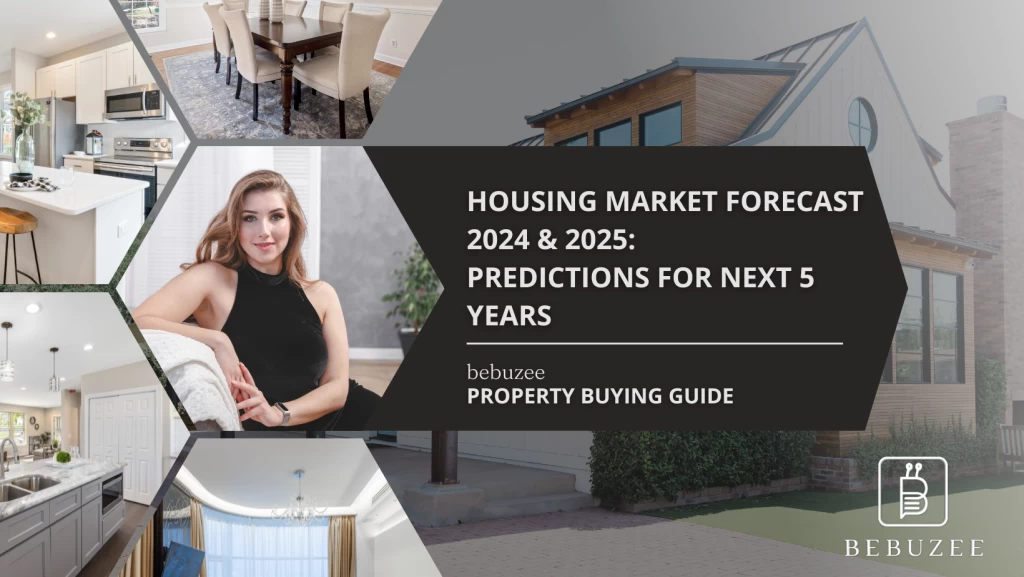3 Ways Top Investors Finance Their Foreign Property Investments

What do you do when bank financing is not available in your destination country? This article explores other options to finance your foreign property investment.
You’re not getting the same mortgage deal you’re used to
Bank financing abroad will be different from what you’re used to at home. Here are some ways in which the terms will likely be different:
1. Loan-to value ratios will be around 50 to 75 percent of what you're used to.
2. Terms may be shorter. It's almost impossible to get a 30-year loan when buying abroad.
3. You will be offered adjustable interest rates, rather than fixed.
4. You might be required to get a life insurance to secure your loan for foreign property. This isn't good news if you're already around 60, as banks wouldn't borrow you loans of more than 15-year terms. The reason being that insurance companies, as a rule, wouldn't cover you when you're above 75 years old.
Hence, there is need to check out other financing sources.
Financing tips from experts
Generally, here are some financing tips from foreign property experts:
1. If possible when starting out; start small and pay in cash. If this isn't possible, you can use your current home as collateral, without having to rely on banks or regular mortgages. Depending on the amount of equity in your home, you might get lower rates.
2. Research bank financing terms, requirements and laws in your destination country to decide which financing option would work for you.
3. Since most of what you know about real estate might be ineffective in your destination country, it would be wise to get a partner or local agent. You'll need someone who can offer useful advice regarding financing and home ownership laws in the country.
4. If you'll be transferring funds denominated in your domestic currency, either to make a down payment, full payment or mortgage payments, don't go through the local bank. Local banks, with their wide dealing spread and limited transaction sizes, offer poor Forex services. Foreign exchange services would offer a better deal.
Options to finance foreign property without using the local bank
Here are three options for foreign property investors who don't want to go through the local bank:
1. Personal loans.
Potential buyers with excellent credit will often fund an overseas purchase with an unsecured personal loan for foreign property. Interest rates can be in the single digits for qualified buyers.
Financing with a personal loan avoids the risks that go with leveraging property with a HELOC or cash refinance. This type of financing is particularly attractive when you are investing in a developing country where mortgage rates are high, and the cost of property ownership is relatively cheap.
2. Seller financing.
Some private sellers might be willing to pay part of the price. The conditions will be whatever you and the owner decides, and an average term is up to five years. In most cases, the longer a bit of property has been on the market, the better conditions you can negotiate. Much like bank funding, don't expect the owner to provide the deed until you've finished paying the loan.
3. Home equity (HELOC).
When cash is not an option, tapping into your home equity is one of the easiest ways to finance a property abroad. If you are investing in a country without a developed banking industry, it can also be the cheapest. Getting a HELOC has the added benefit of making you a cash buyer, which provides leverage when negotiating price.




